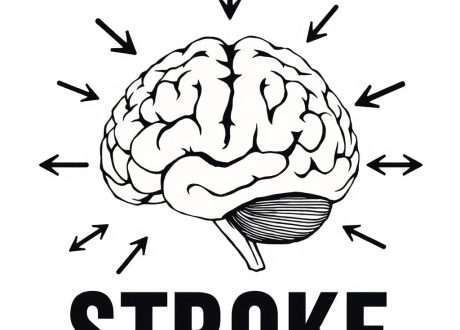- PMID: 38609287
- DOI: 10.1016/S2352-4642(24)00029-4
Abstract              
Background: The intra-abdominal injury and traumatic brain injury prediction rules derived by the Pediatric Emergency Care Applied Research Network (PECARN) were designed to reduce inappropriate use of CT in children with abdominal and head trauma, respectively. We aimed to validate these prediction rules for children presenting to emergency departments with blunt abdominal or minor head trauma.
Methods:¬†For this prospective validation study, we enrolled children and adolescents younger than 18 years presenting to six emergency departments in Sacramento (CA), Dallas (TX), Houston (TX), San Diego (CA), Los Angeles (CA), and Oakland (CA), USA between Dec 27, 2016, and Sept 1, 2021. We excluded patients who were pregnant or had pre-existing neurological disorders preventing examination, penetrating trauma, injuries more than 24 h before arrival, CT or MRI before transfer, or high suspicion of non-accidental trauma. Children presenting with blunt abdominal trauma were enrolled into an abdominal trauma cohort, and children with minor head trauma were enrolled into one of two age-segregated minor head trauma cohorts (younger than 2 years vs aged 2 years and older). Enrolled children were clinically examined in the emergency department, and CT scans were obtained at the attending clinician's discretion. All enrolled children were evaluated against the variables of the pertinent PECARN prediction rule before CT results were seen. The primary outcome of interest in the abdominal trauma cohort was intra-abdominal injury undergoing acute intervention (therapeutic laparotomy, angiographic embolisation, blood transfusion, intravenous fluid for вЙ•2 days for pancreatic or gastrointestinal injuries, or death from intra-abdominal injury). In the age-segregated minor head trauma cohorts, the primary outcome of interest was clinically important traumatic brain injury (neurosurgery, intubation for >24 h for traumatic brain injury, or hospital admission вЙ•2 nights for ongoing symptoms and CT-confirmed traumatic brain injury; or death from traumatic brain injury).
Findings:¬†7542 children with blunt abdominal trauma and 19 999 children with minor head trauma were enrolled. The intra-abdominal injury rule had a sensitivity of 100¬Ј0% (95% CI 98¬Ј0-100¬Ј0; correct test for 145 of 145 patients with intra-abdominal injury undergoing acute intervention) and a negative predictive value (NPV) of 100¬Ј0% (95% CI 99¬Ј9-100¬Ј0; correct test for 3488 of 3488 patients without intra-abdominal injuries undergoing acute intervention). The traumatic brain injury rule for children younger than 2 years had a sensitivity of 100¬Ј0% (93¬Ј1-100¬Ј0; 42 of 42) for clinically important traumatic brain injuries and an NPV of 100¬Ј0%; 99¬Ј9-100¬Ј0; 2940 of 2940), whereas the traumatic brain injury rule for children aged 2 years and older had a sensitivity of 98¬Ј8% (95¬Ј8-99¬Ј9; 168 of 170) and an NPV of 100¬Ј0% (99¬Ј9-100¬Ј0; 6015 of 6017). The two children who were misclassified by the traumatic brain injury rule were admitted to hospital for observation but did not need neurosurgery.
Interpretation: The PECARN intra-abdominal injury and traumatic brain injury rules were validated with a high degree of accuracy. Their implementation in paediatric emergency departments can therefore be considered a safe strategy to minimise inappropriate CT use in children needing high-quality care for abdominal or head trauma.
Funding: The Eunice Kennedy Shriver National Institute of Child Health and Human Development.
Copyright © 2024 Elsevier Ltd. All rights reserved.










